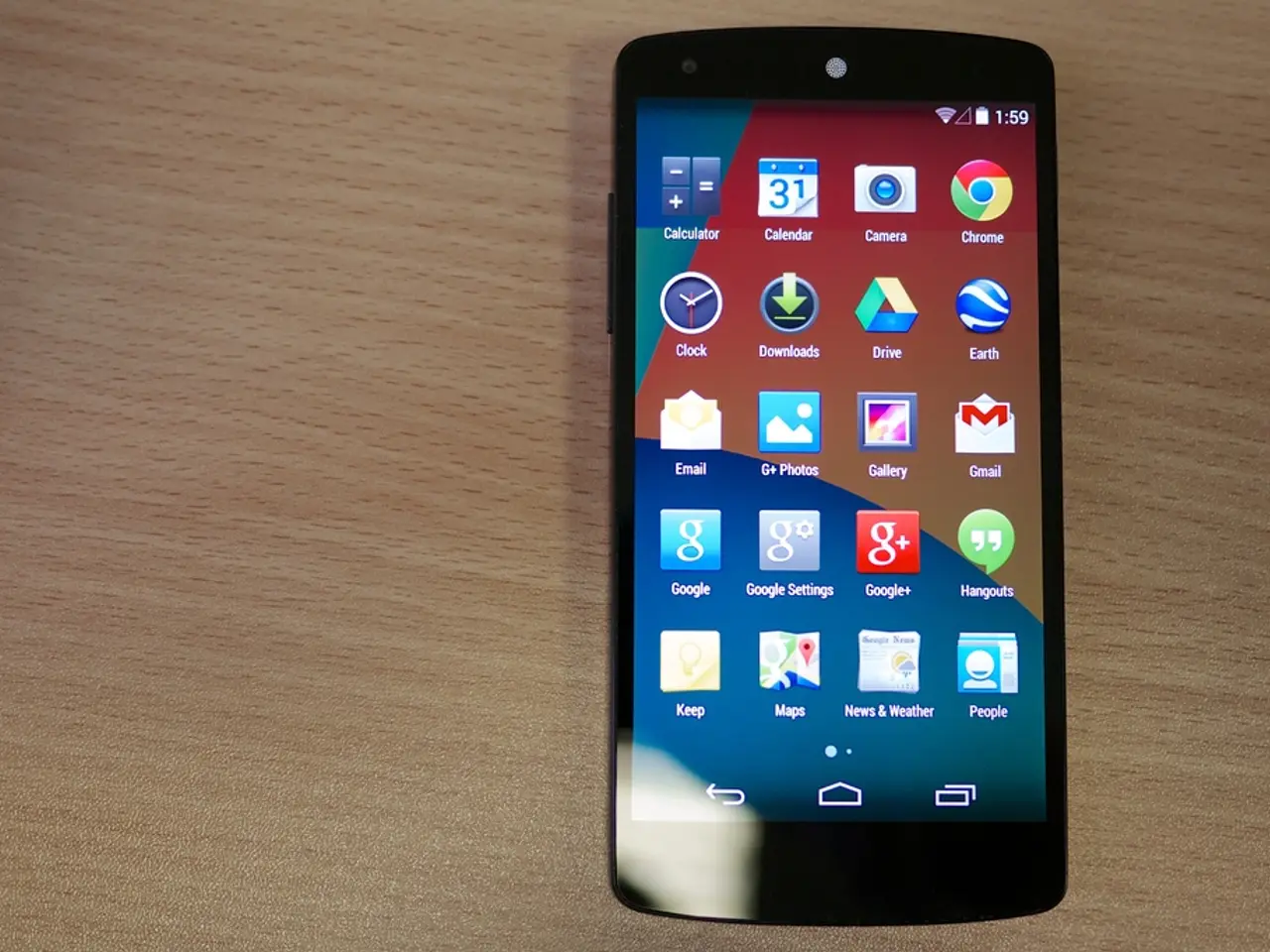Essential Errors to Steer Clear of during Mobile App Patenting
In the rapidly evolving world of technology, patenting a mobile app can be a crucial step for protecting innovative ideas and great products. However, the process requires careful consideration and planning.
Key Considerations Before Filing a Patent
Before submitting a patent application, it's essential to consider the purpose of the app, the type of IP protection for various features, and the timeline for developing and preparing the patent application. A properly drafted patent application with specific and well-defined claims is key to a strong patent.
Elements of a Strong Patent Application
A robust patent application should include client and server level methods, device and/or apparatus claims, computer readable claims, and a detailed description of the app's unique features and functions. Documenting the whole process of development is necessary to support a patent application.
Common Mistakes to Avoid
Avoiding common pitfalls is crucial in the patenting process. These include failing to conduct a thorough preliminary patent search, poorly defining the invention, misinterpreting patent claims, and inadequate documentation.
The Importance of Early Engagement and Professional Help
To navigate the complexities of patent filing specific to mobile apps, it's advisable to engage early in the process. Start researching existing patents and market competitors as soon as your app concept or UI design takes shape to identify protectable features and avoid infringement. Seek professional assistance from patent attorneys or agents who can help interpret claims, conduct nuanced searches, and draft robust applications tailored to the software/mobile app context.
Understanding Patent vs. Copyright Protection
Apps often require a combination of patents for innovative functionalities and copyrights for code and UI. Understanding this distinction is crucial in planning your IP strategy.
Additional Tips
If an app utilizes more than just the mobile phone to process, the claim must state this to create a stronger patent. All processes and potential technology developments must be factored in during the application process. Developing a prototype can help in understanding the impact of an application and what parts are eligible to be patented.
In summary, avoiding common pitfalls such as inadequate prior art search, weak invention definition, and poor documentation, combined with early, informed engagement and professional help, can better equip you to successfully patent a mobile app amidst its legal and technical complexities.
[1] USPTO
[2] WIPO
[3] Patent Attorney or Agent
- In the world of technology, where innovation is paramount, patenting a mobile app is a vital step for safeguarding inventive ideas and products.
- Before filing a patent application, it's crucial to contemplate the app's purpose, the type of IP protection for diverse features, and the development timeline.
- A powerful patent application ought to encompass client and server level methods, device and apparatus claims, computer readable claims, and a comprehensive description of the app's distinctive features and functions.
- To steer clear of common mistakes during the patenting process, one must avoid a shallow preliminary patent search, vague definition of the invention, misinterpretation of patent claims, and insufficient documentation.
- To tackle the intricacies of mobile app patent filing, it's wise to engage early and seek professional assistance from patent attorneys or agents who specialize in software/mobile app context.
- Recognizing the difference between patents for innovative functionalities and copyrights for code and UI is essential when formulating your IP strategy.
- To increase your chances of success in patenting a mobile app, consider additional tips like creating a prototype, factoring in potential technology developments, and filing with authorities such as the USPTO and WIPO.




